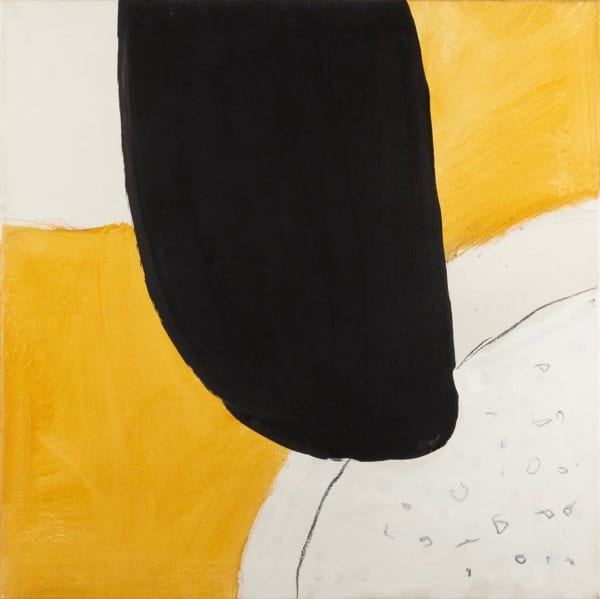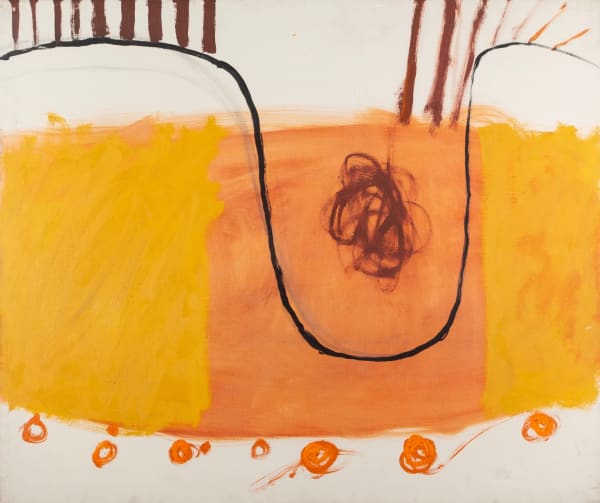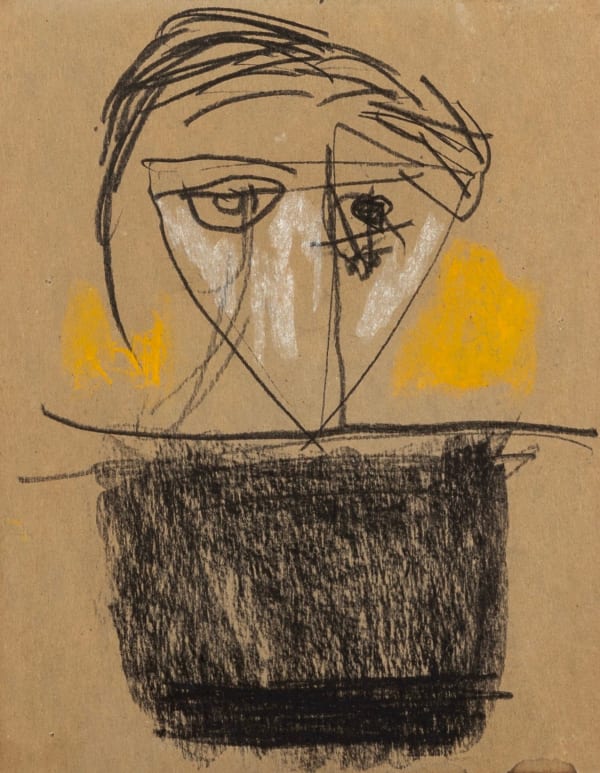Roger Hilton Paintings for Sale1911-1975
Roger Hilton was a British painter.
Hilton studied at the Slade School of Fine Art from 1929 to 1931. During World War II he served with the commandos (1940-42), was captured during the raid on Dieppe and spent three years as a prisoner of war. From 1950 to 1952 Hilton turned from his early figurative painting to a form of abstraction. Around 1956 Hilton began to be compared with the Abstract Expressionists.
In many of the paintings from this period, Hilton's initial inspiration was derived from the rhythms and colours of the natural world. This has generally been interpreted as a mark of his association with the St Ives artists.
By the late 1950s, Hilton was speaking of his wish to 'reinvent figuration'. The imagery that had consistently featured in his drawing-books emerged sporadically in his works of the 1960s, and finally in the works on paper that Hilton began to produce in 1970 when he was bedridden with a muscular disease.
Hilton returned to the childlike subjects that had characterised his early work: animals, boats, a horse and cart and nudes. Dreams of sensual (often sexual) pleasure co-exist with worries concerning impotence, ill-health and approaching death. Images of stasis and spiritual voyaging abound. Memory, observation and the simple joy of making marks constitute a complex variety of impulses behind these late works, in which Hilton retrieved a childlike freshness of vision, but one marked by a lifetime's experience.
The work of Roger Hilton is included in the collection of the Yale Center for British Art.












